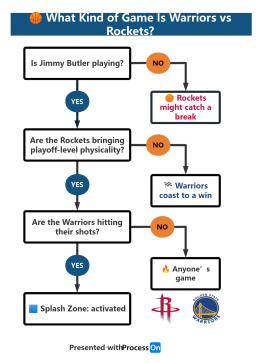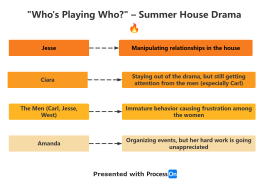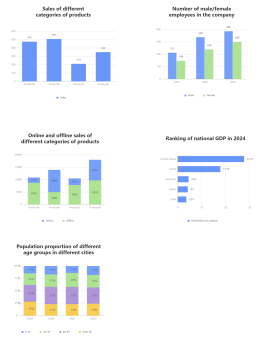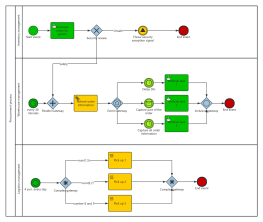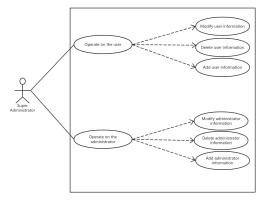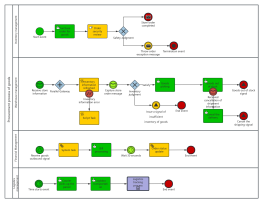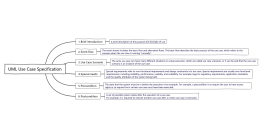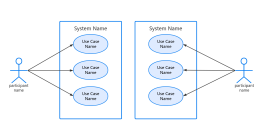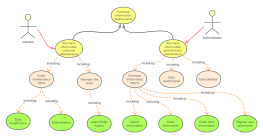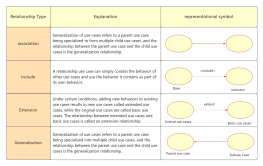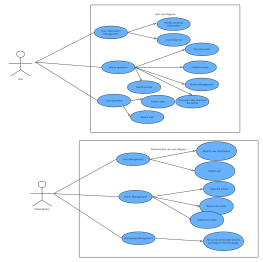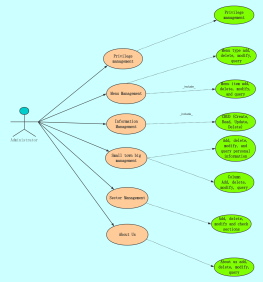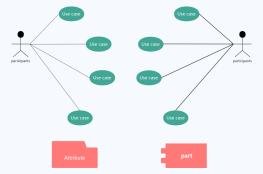Use Case Specification
2024-10-31 09:54:47 160 0 Report 0
0
Login to view full content
This mind map provides an insightful overview of 'Use Case Specification,' a crucial component in software development that outlines the functional requirements of a system. It begins with a brief explanation of the purpose and examples of use cases, followed by an event flow detailing basic and alternative scenarios. The use case scenario section highlights how different instances can occur in practice. Special needs cover non-functional requirements like performance and usability. Preconditions and postconditions define the system's state before and after execution, ensuring comprehensive understanding and implementation of use cases in a project.
Other creations by the author
Outline/Content
Brief explanation
A brief description of the purpose and example of use
Event flow
The event stream includes the basic flow and alternative flows. The basic flow describes the basic process of the use case, which refers to the scenario when the use case is "normally" running.
Use Case Scenario
The same use case can have many different situations in actual execution, which are called use case scenarios,
or it can be said that use case scenarios are instances of use cases.
or it can be said that use case scenarios are instances of use cases.
Special needs
Special requirements refer to non-functional requirements and design constraints of a use case. Special requirements are usually non-functional requirements, including reliability, performance, usability, and scalability. For example, legal or regulatory requirements, application standards, and the quality attributes of the system being built.
Precondition
The state that the system must be in before the execution of an example. For example, a precondition is to require the user to have access rights or to require that a certain use case must have been executed.
Postcondition
A set of possible states the system may be in after a use case is executed.
For example, it may be required to execute another use case after a certain use case is executed.
For example, it may be required to execute another use case after a certain use case is executed.
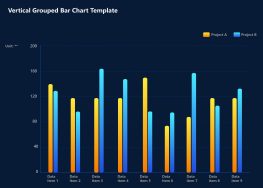
Collect
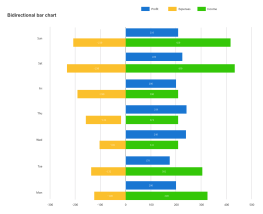
Collect
0 Comments
Next page
Recommended for you
More

